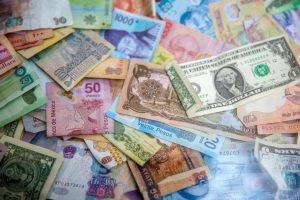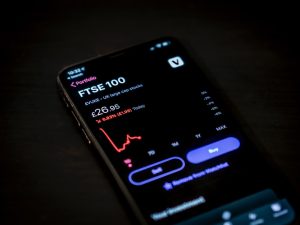Forex trading is the largest and most liquid market in the world, with an average daily turnover of around $5 trillion. One of the most important concepts in Forex trading is the price reversal, which occurs when the price of a currency pair changes direction after a period of trending in one direction. This article will explain why price reversals happen and what factors influence them.
Price reversal is a natural occurrence in the Forex market, and it happens when the market reaches a point of exhaustion. This exhaustion can happen due to a variety of factors, such as economic news, political events, or technical indicators. For example, if a currency pair has been in an uptrend for a while, traders may start to take profits, leading to a price reversal. Similarly, if economic data releases are worse than expected, traders may start to sell the currency, leading to a price reversal.
One of the main drivers of price reversals in the Forex market is the supply and demand of currencies. When there is an excess supply of a currency, the price will tend to fall as traders sell it to avoid losses. Conversely, when there is a shortage of a currency, the price will tend to rise as traders buy it to take advantage of potential gains. Therefore, any event that affects the supply or demand of a currency can lead to a price reversal.
Another factor that influences price reversals is technical analysis. Traders use technical indicators such as support and resistance levels, moving averages, and chart patterns to identify potential price reversals. For example, if a currency pair has been trading in a range for a while, traders may expect a price reversal when the price reaches the upper or lower boundary of the range. Similarly, if a currency pair breaks above or below a key support or resistance level, traders may expect a price reversal to occur.
Fundamental analysis is also important in determining the likelihood of a price reversal. Economic news releases, such as GDP, inflation, and interest rate announcements, can have a significant impact on the Forex market. For example, if a central bank announces an interest rate hike, it can lead to a price reversal as traders buy the currency to take advantage of the higher interest rates. Similarly, if an economic data release is worse than expected, it can lead to a price reversal as traders sell the currency to avoid losses.
Finally, sentiment is another factor that influences price reversals. Sentiment refers to the overall mood of traders towards a particular currency or the Forex market as a whole. If traders are bullish on a currency, it can lead to a price reversal as they buy the currency to take advantage of potential gains. Conversely, if traders are bearish on a currency, it can lead to a price reversal as they sell the currency to avoid losses.
In conclusion, price reversals are a natural occurrence in the Forex market, and they happen when the market reaches a point of exhaustion. Supply and demand, technical analysis, fundamental analysis, and sentiment are all important factors that influence price reversals. As a Forex trader, it is essential to understand these factors and use them to your advantage to identify potential price reversals and make profitable trades.





